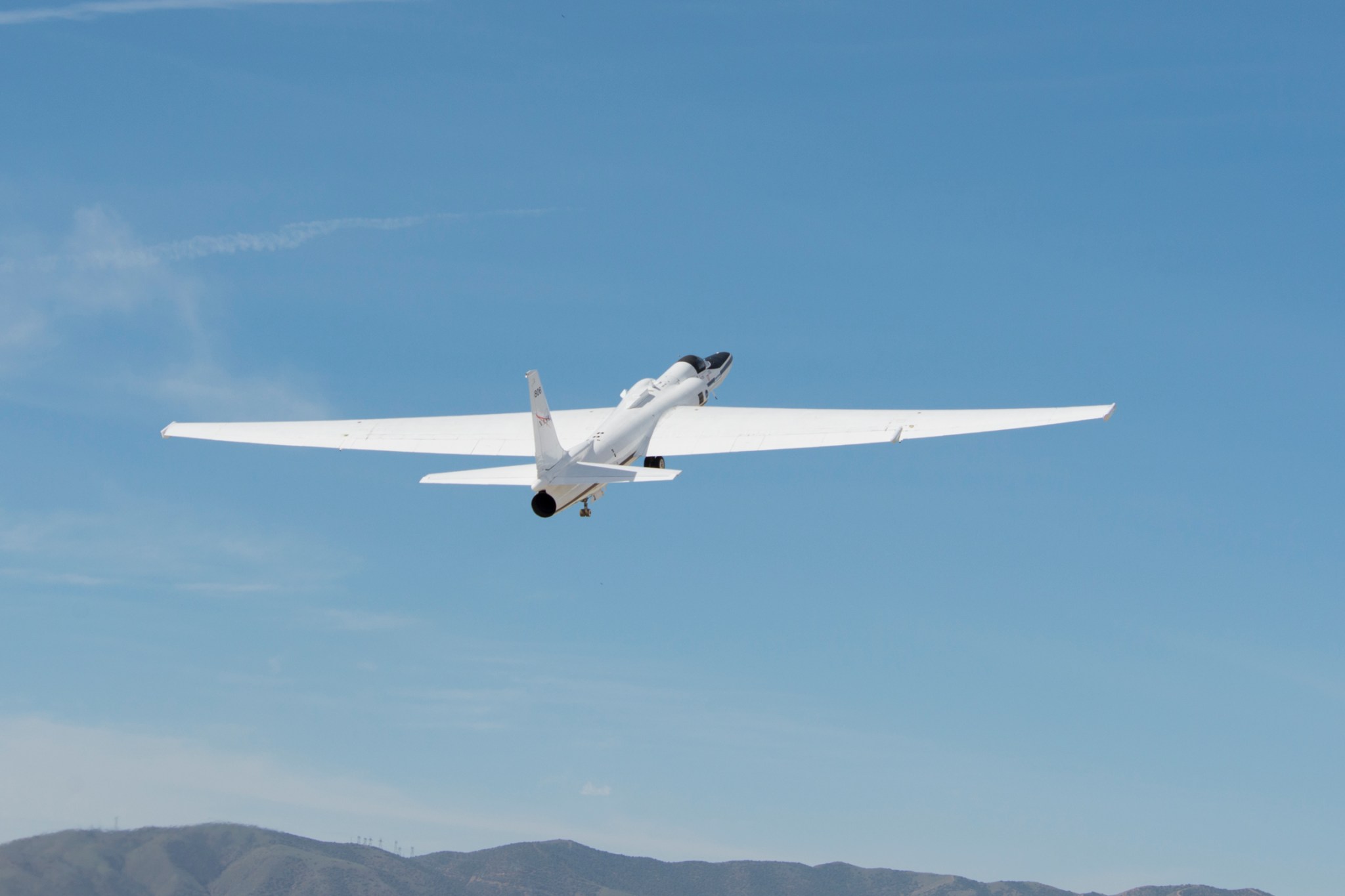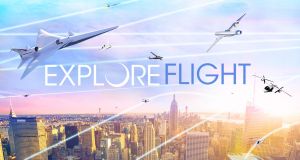
NASA’s Armstrong Flight Research Center and Edwards Air Force Base in Edwards, California, are joining forces at this year’s hybrid Aerospace Valley Air Show Oct. 5-10. Instead of traveling to Edwards, guests will view flyovers from home and participate virtually on social media and in STEM engagement activities.
In both Spanish and English, NASA’s California Office of STEM Engagement will partner with Edwards Air Force Base’s 412th Test Wing STEM Outreach Program and the Air Force Research Laboratory (AFRL) to present STEM-focused virtual lessons and hands-on activities for students. To open each lesson a subject matter expert from the Air Force, NASA and other aerospace organizations will speak on his or her job. Topics such as NASA’s Unmanned Aircraft Systems (UAS) Integration in the National Airspace System (NAS) project and several Air Force test programs will be presented to students of various age levels.
“This educational partnership is extremely important for our STEM community,” said Monica Uribe, NASA education specialist. “The program acts as a bridge between educators, students and their families to receive engaging hands-on activities and content knowledge. Our hope is to inspire students from a young age to pursue a career in STEM.”
A few of NASA Armstrong’s aircraft will grace the skies of the Antelope Valley alongside Air Force aircraft during the show Oct. 9 and 10. Families get to see STEM lessons come to life during flights of various types of aircraft overhead incorporating the four main focus points educators often consider: kinesthetic (moving), visual (seeing), auditory (hearing), and tactile (touching). The goal is to inspire the next generation of engineers and aviators in the Antelope Valley and beyond.
To view the schedule of educational activities and flyovers, visit avairshow.com.
To register for STEM lessons, visit the STEM event registration page.































